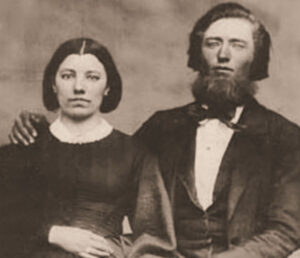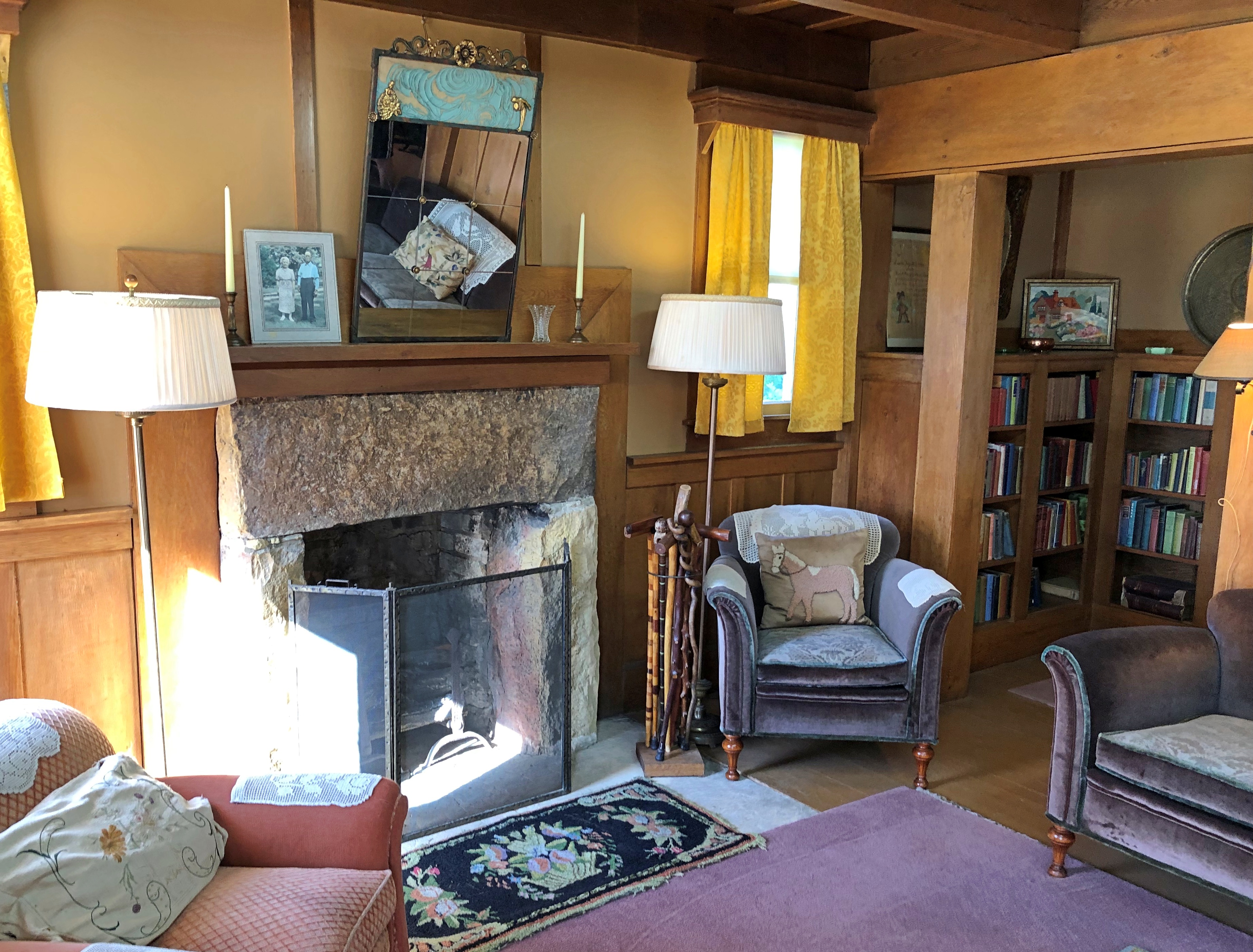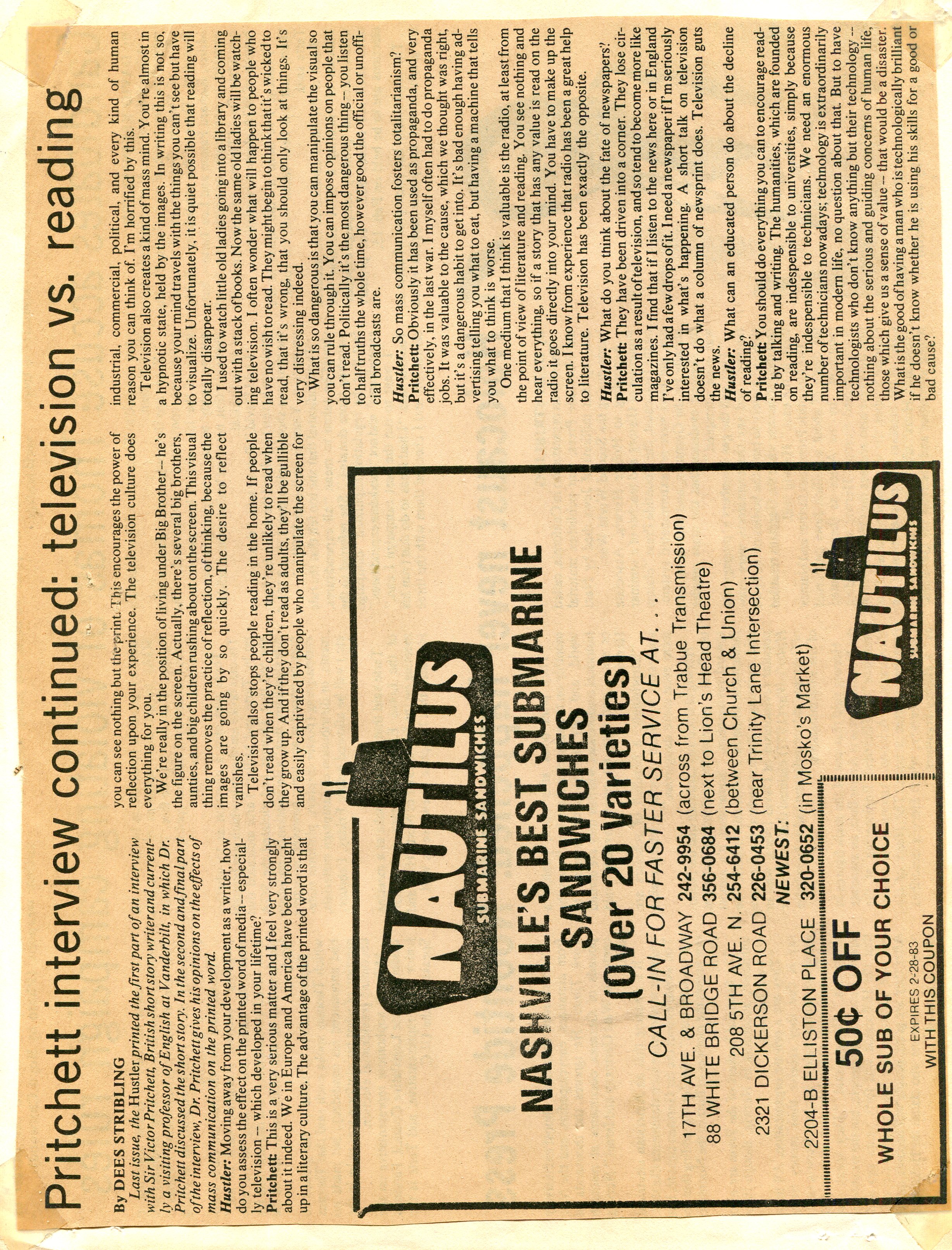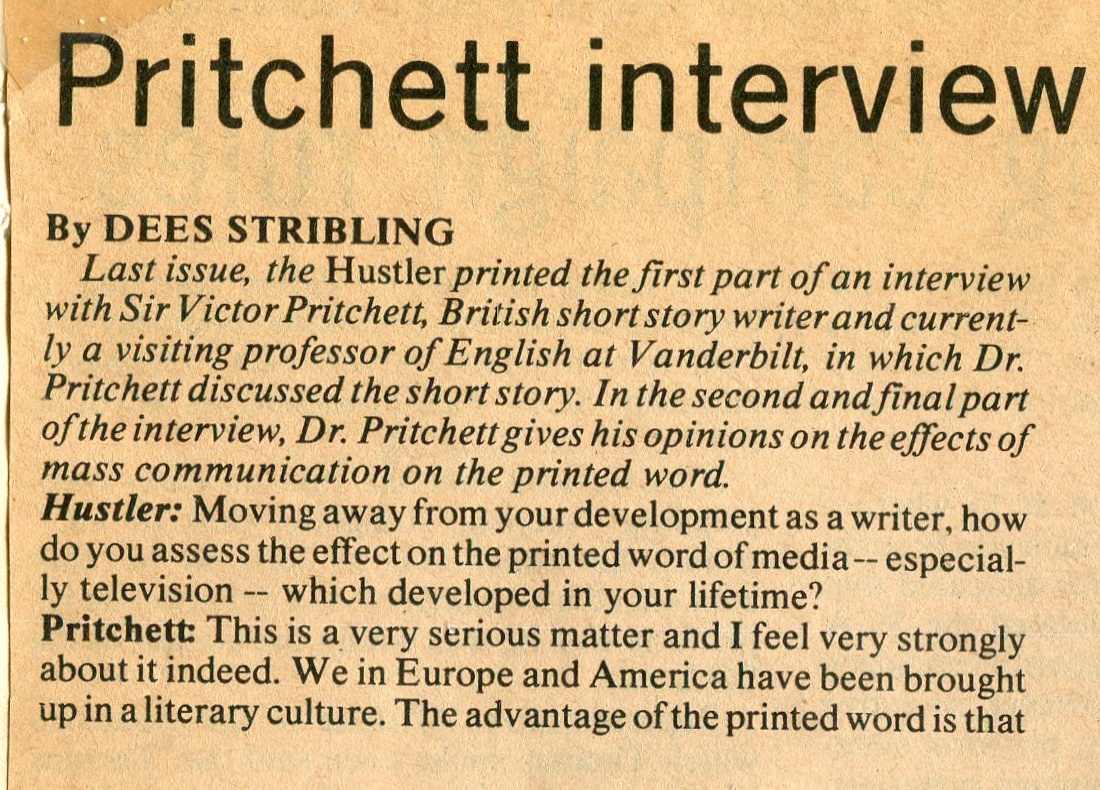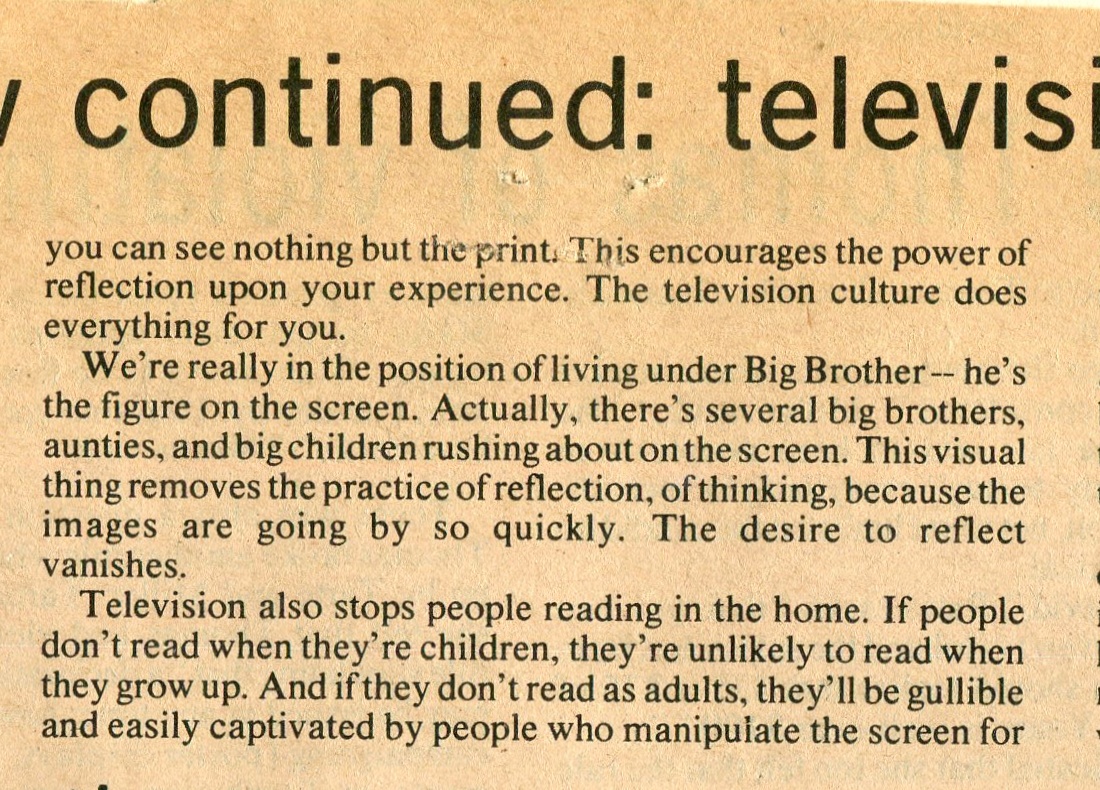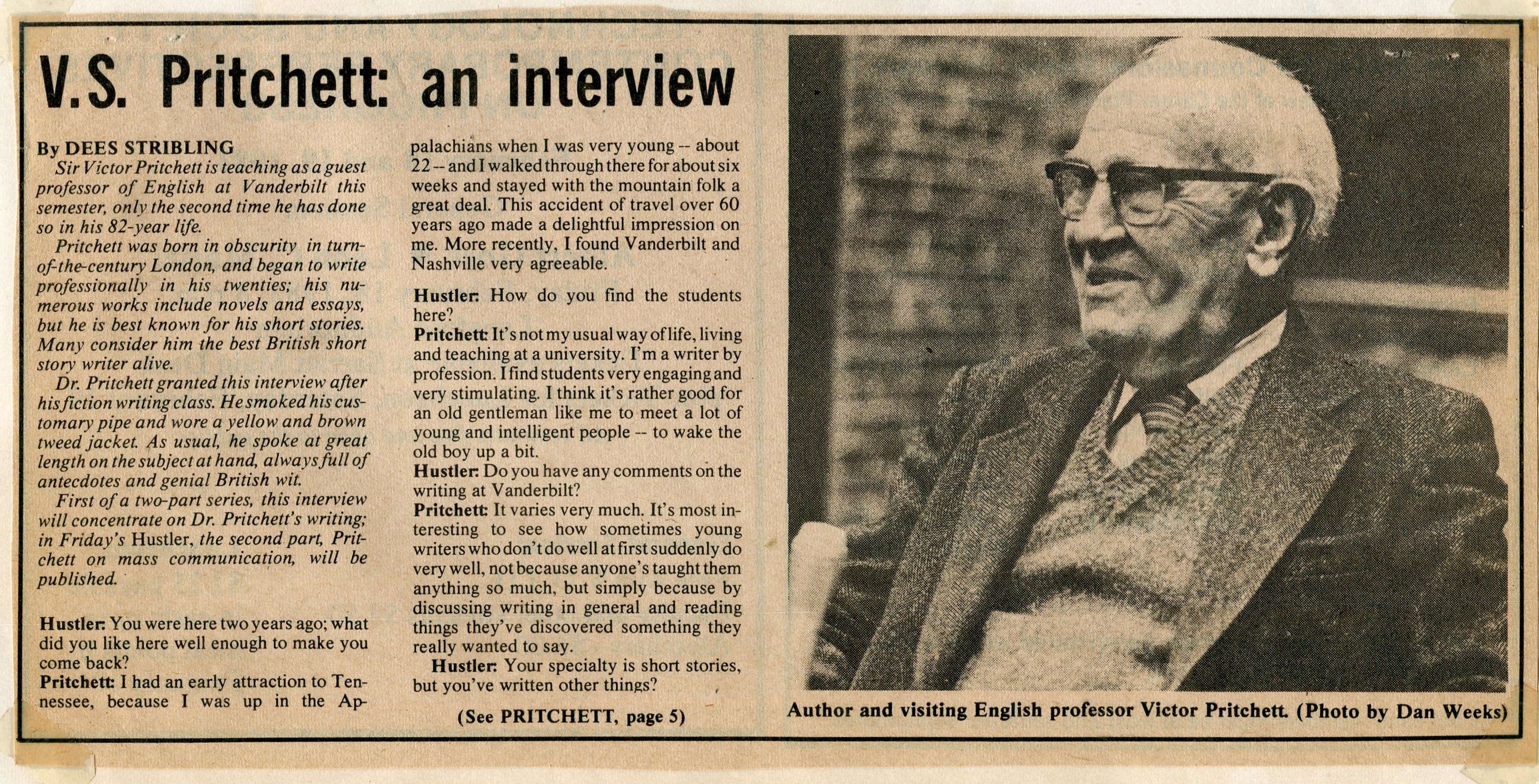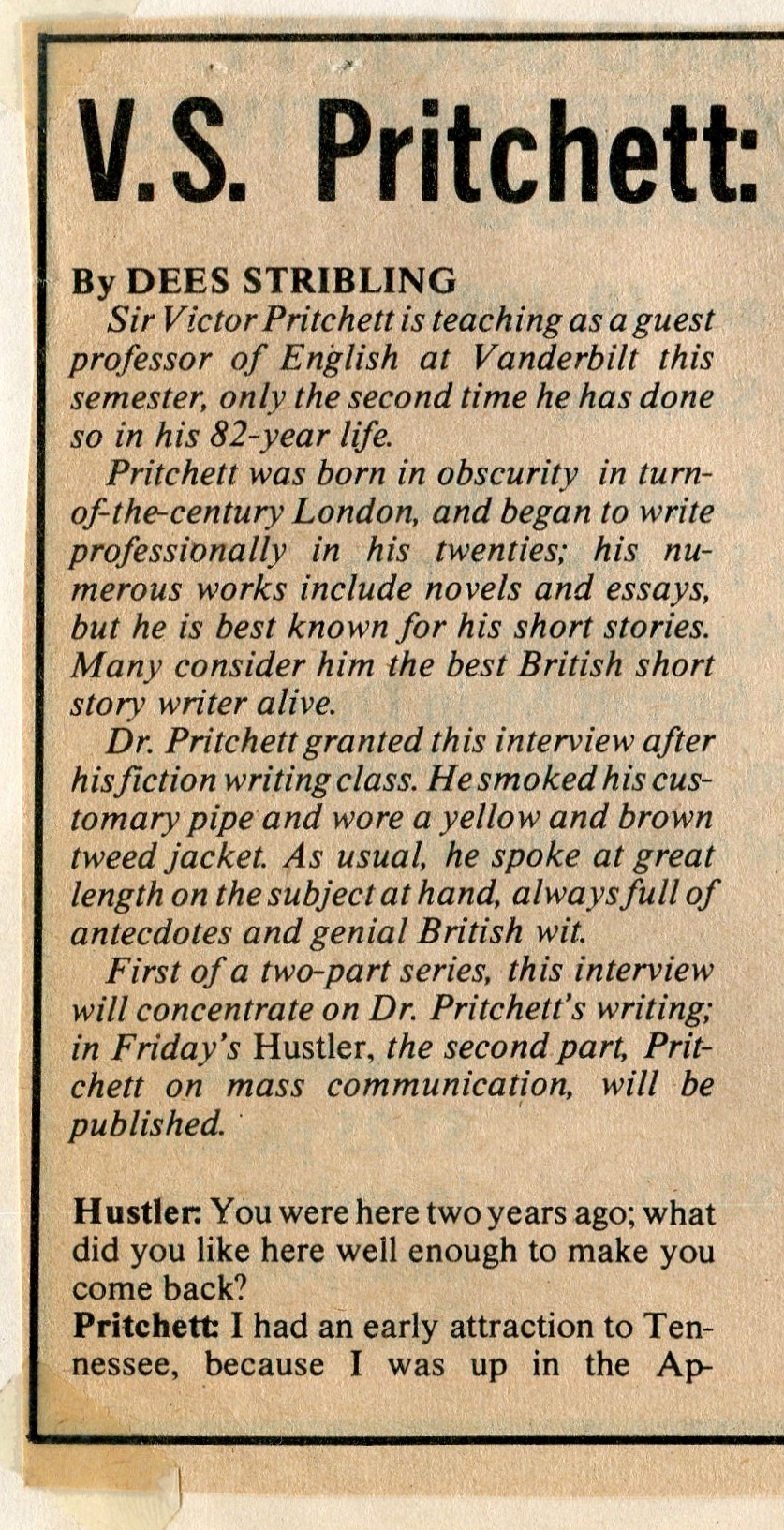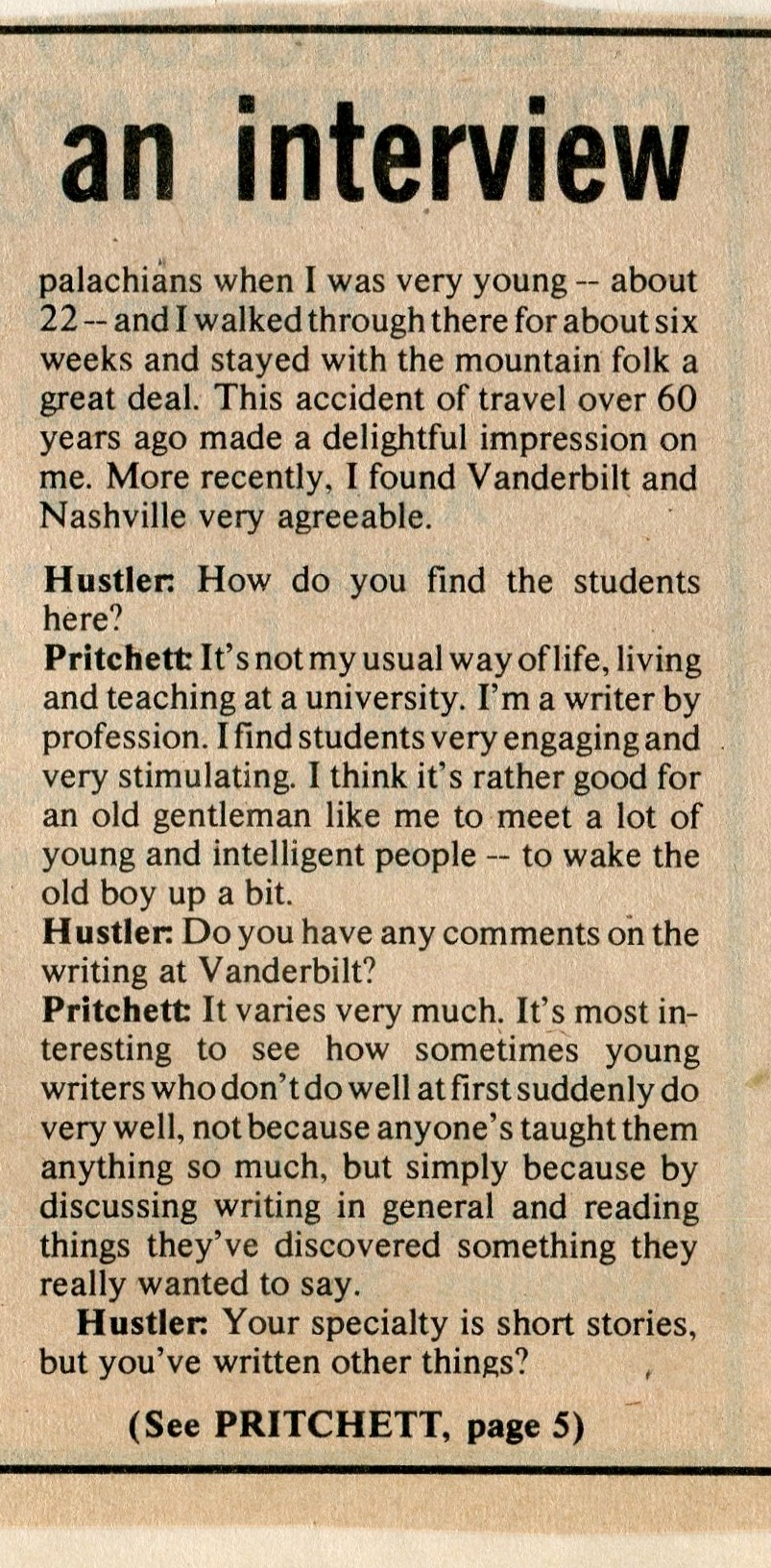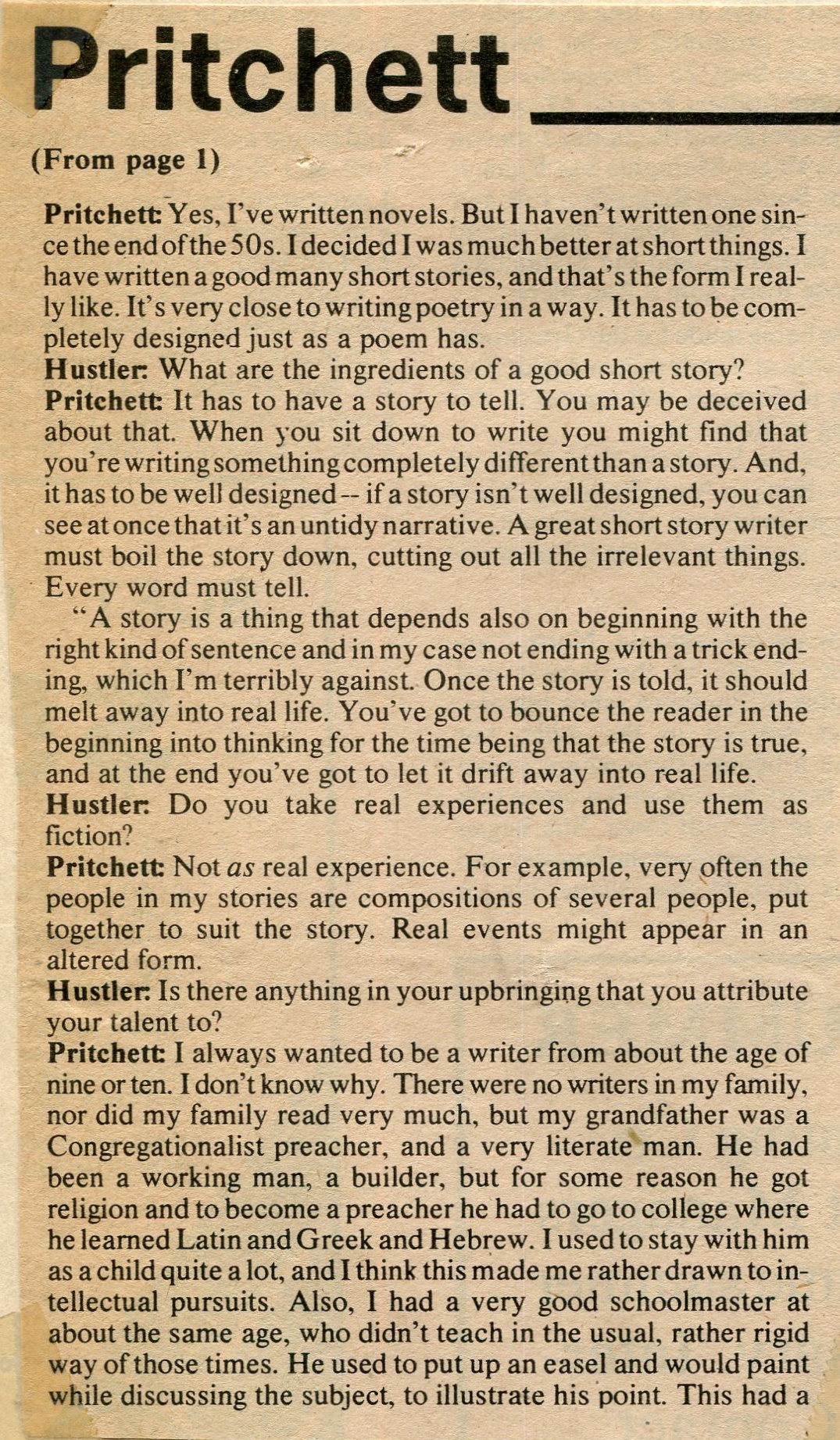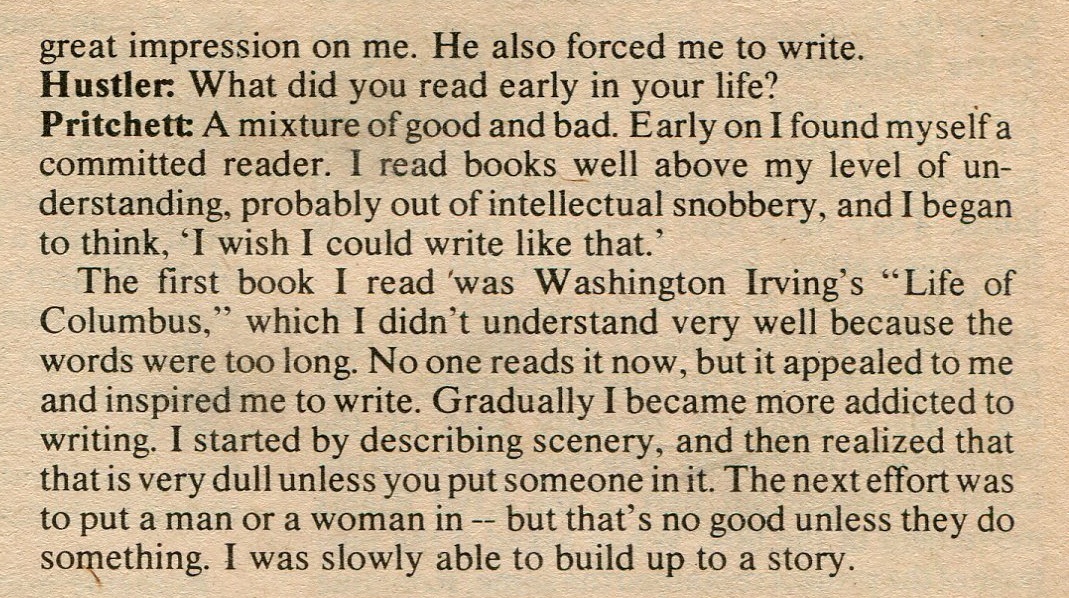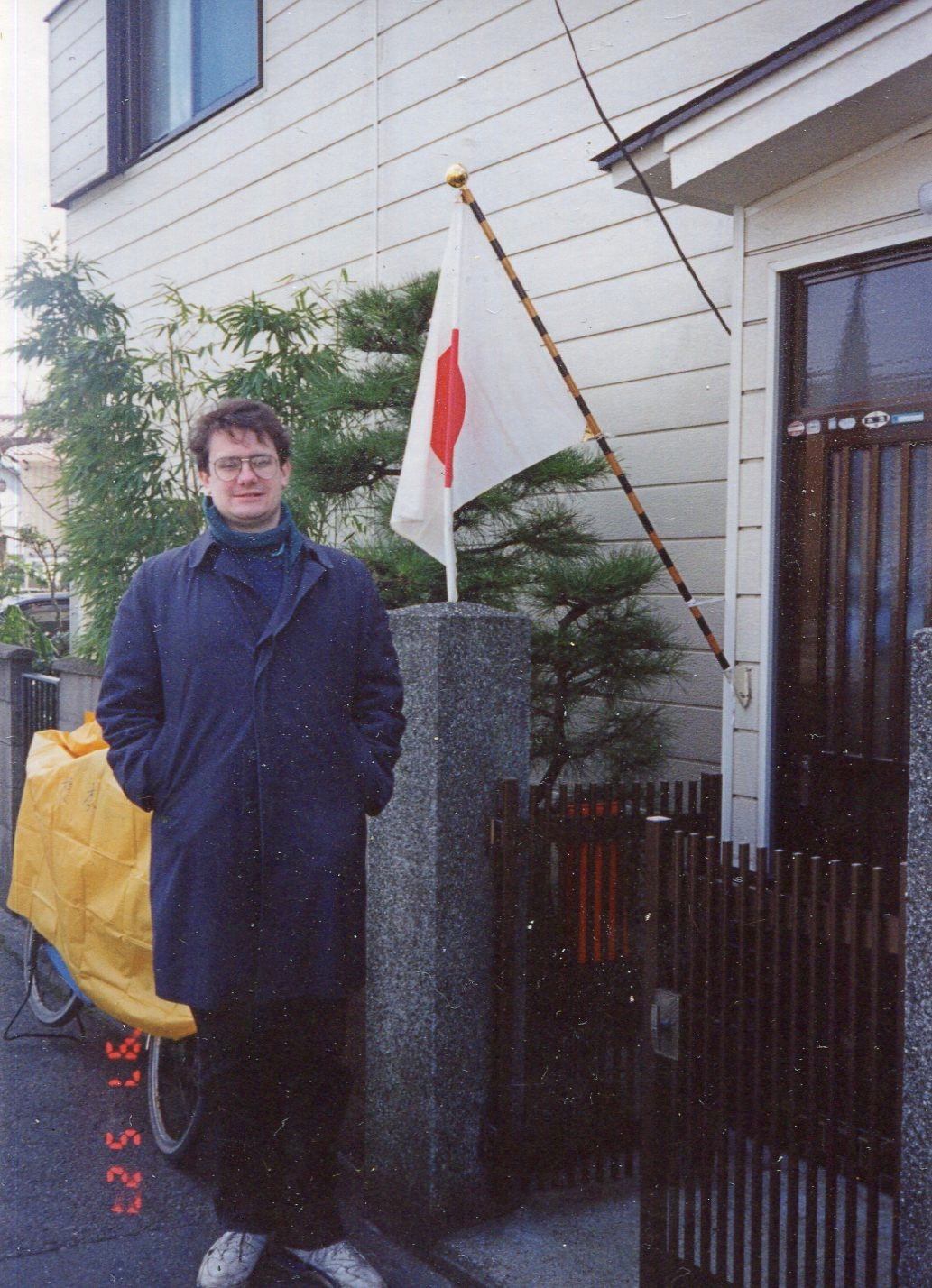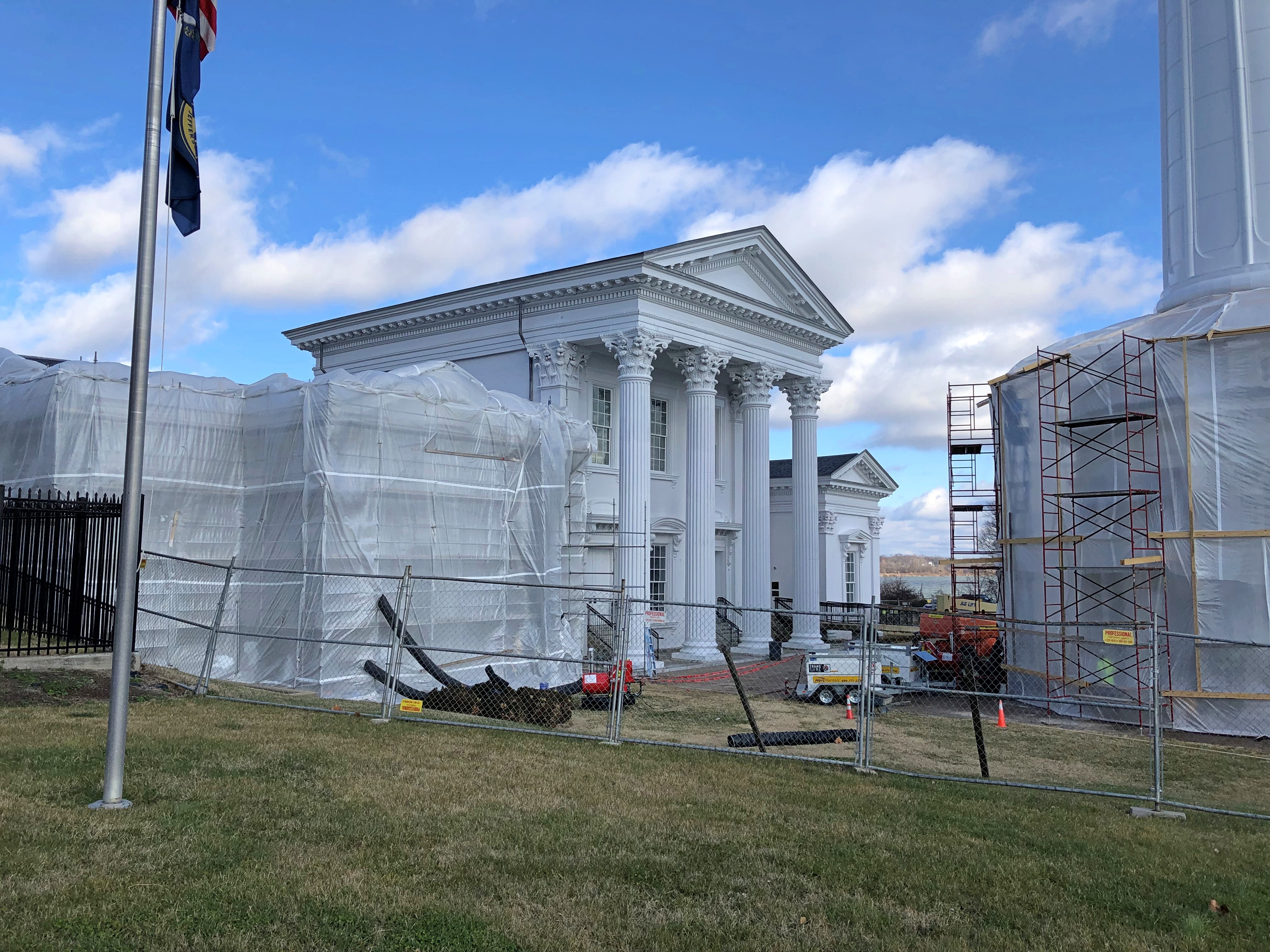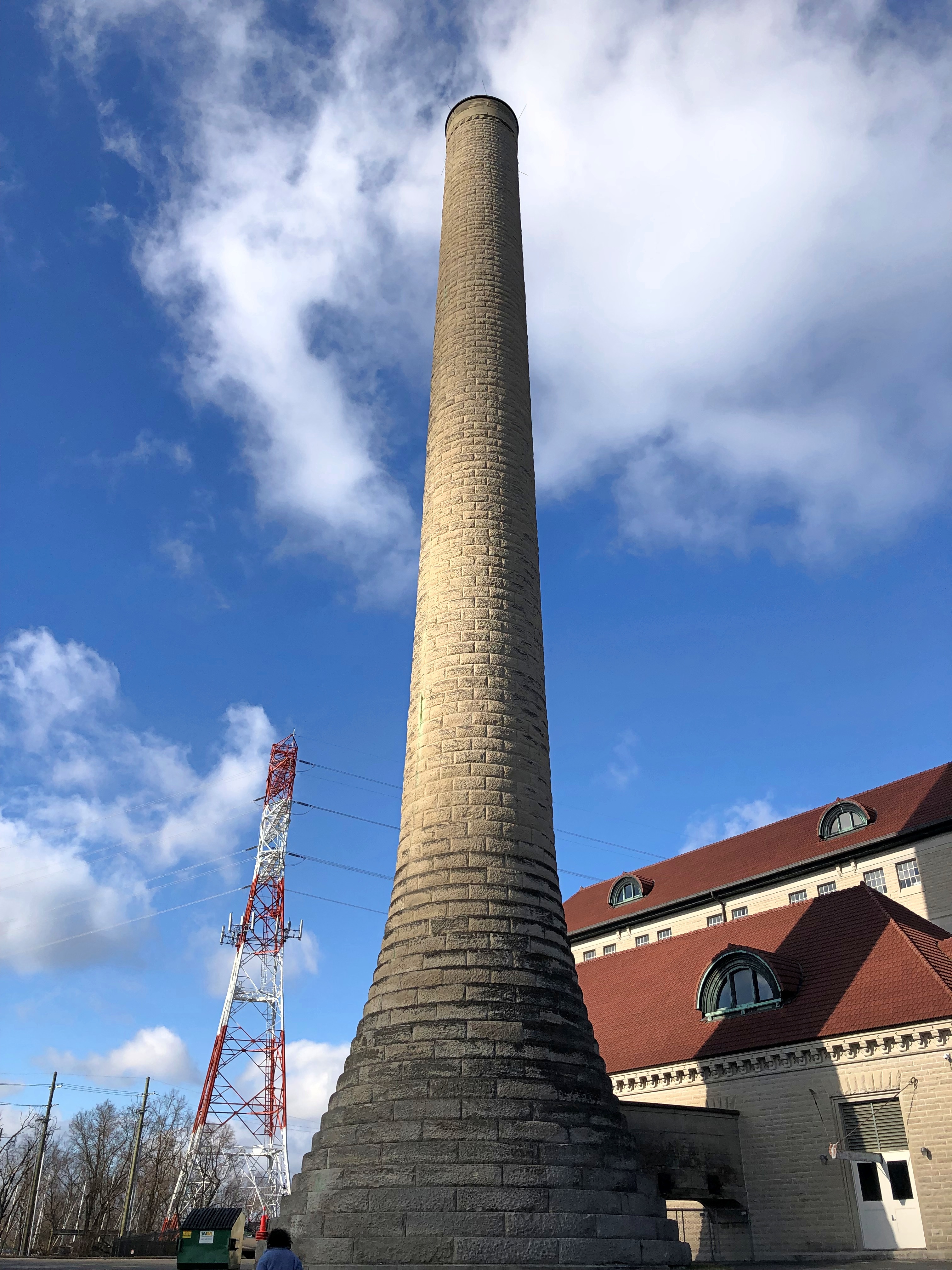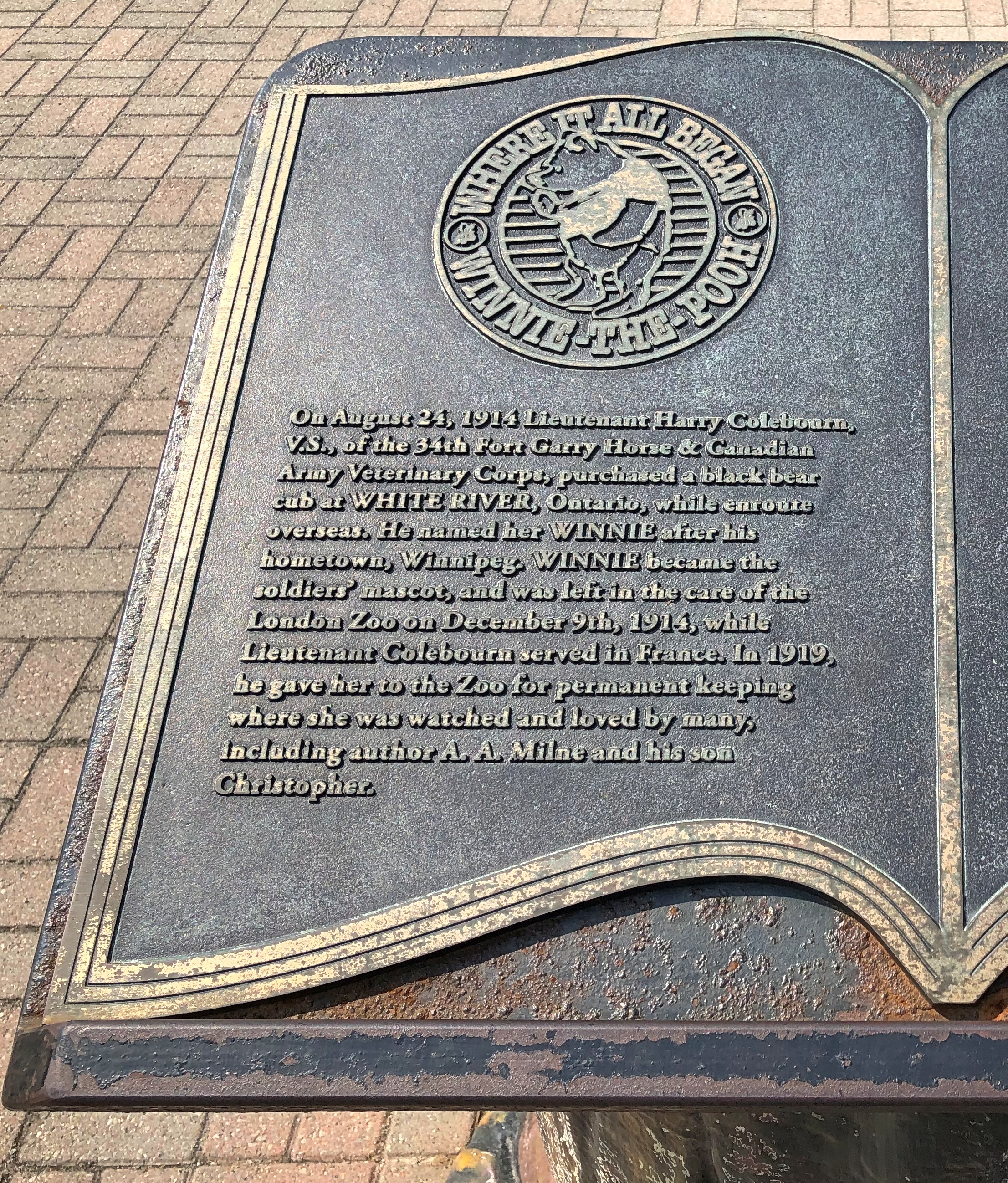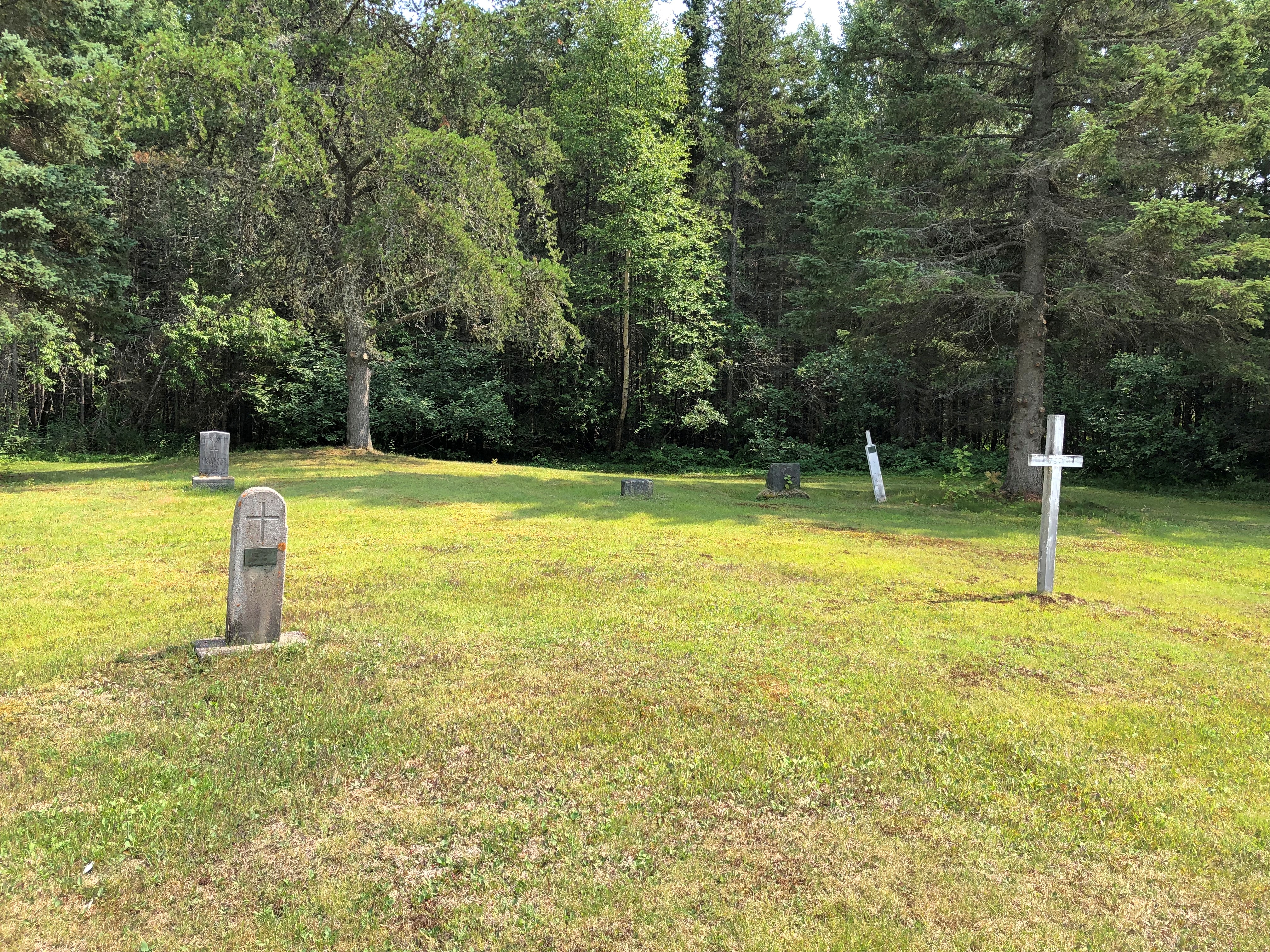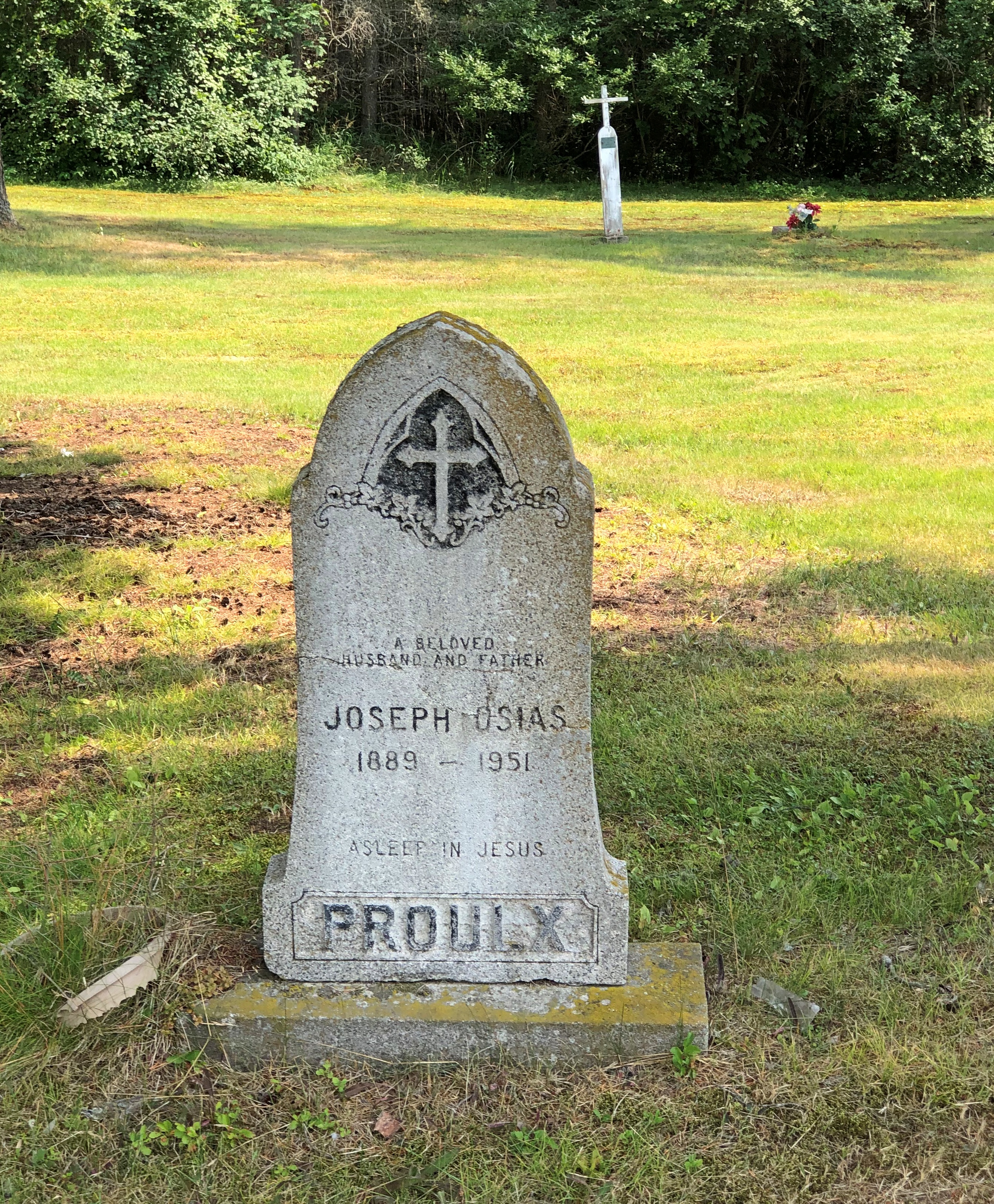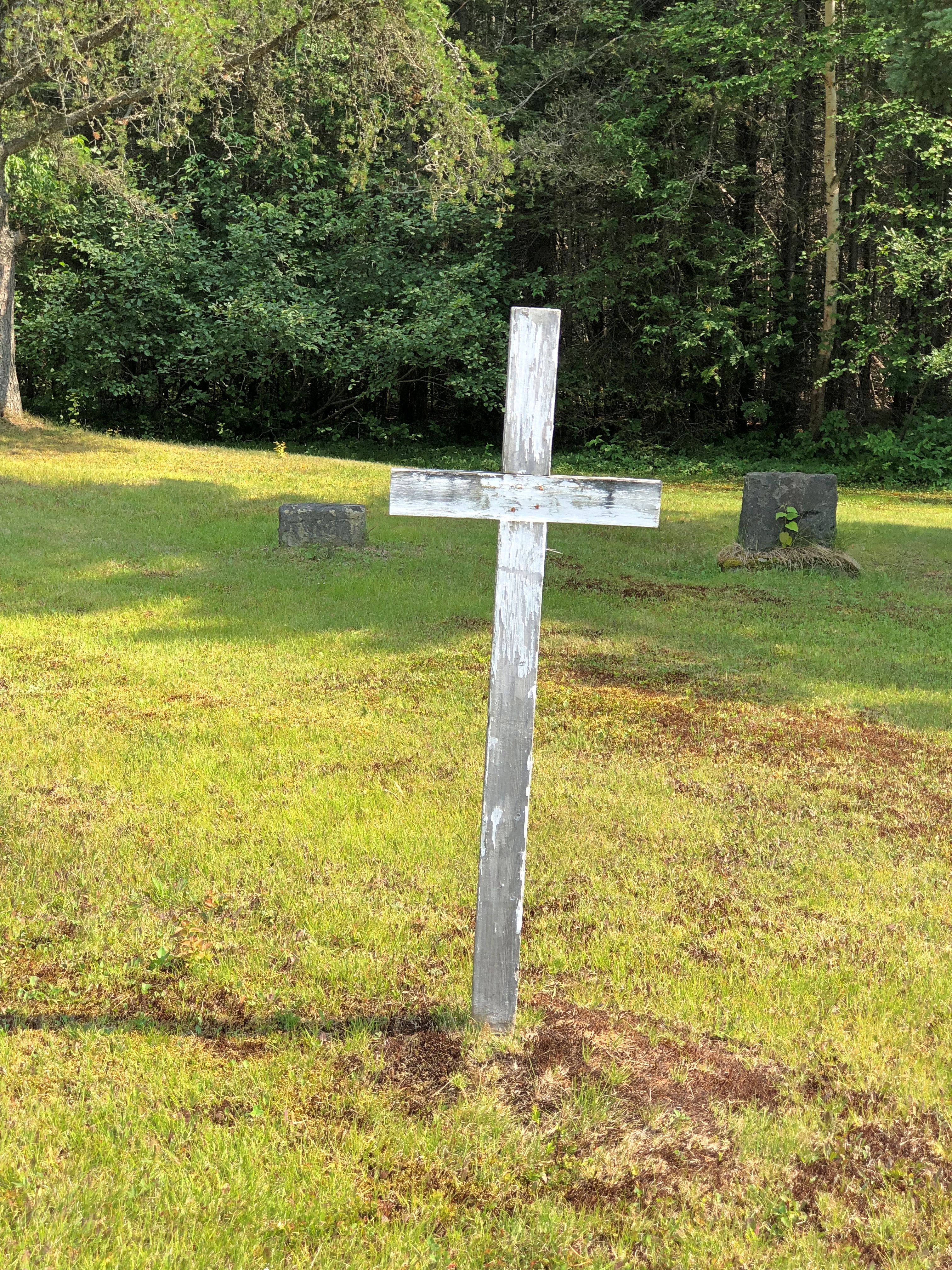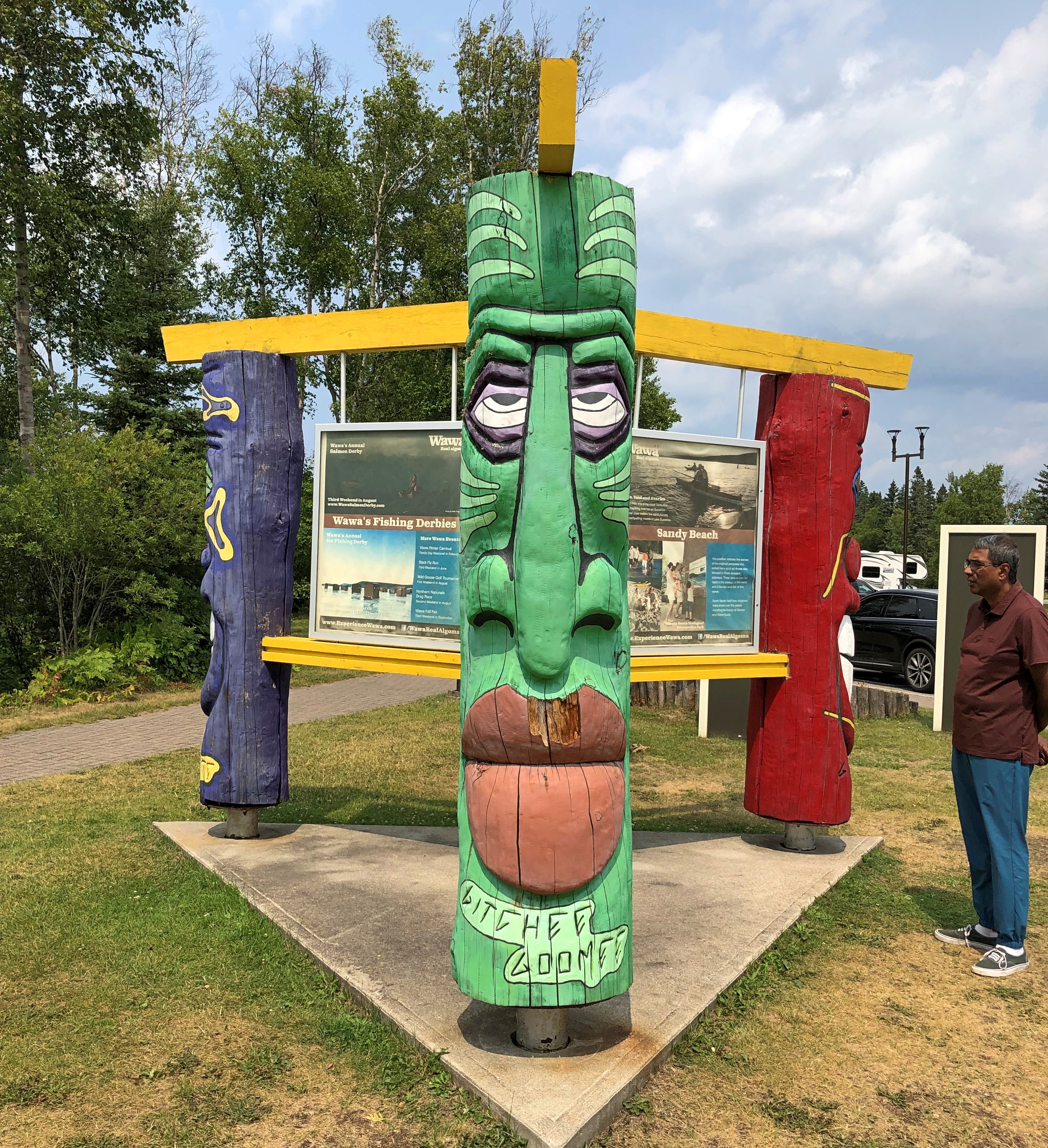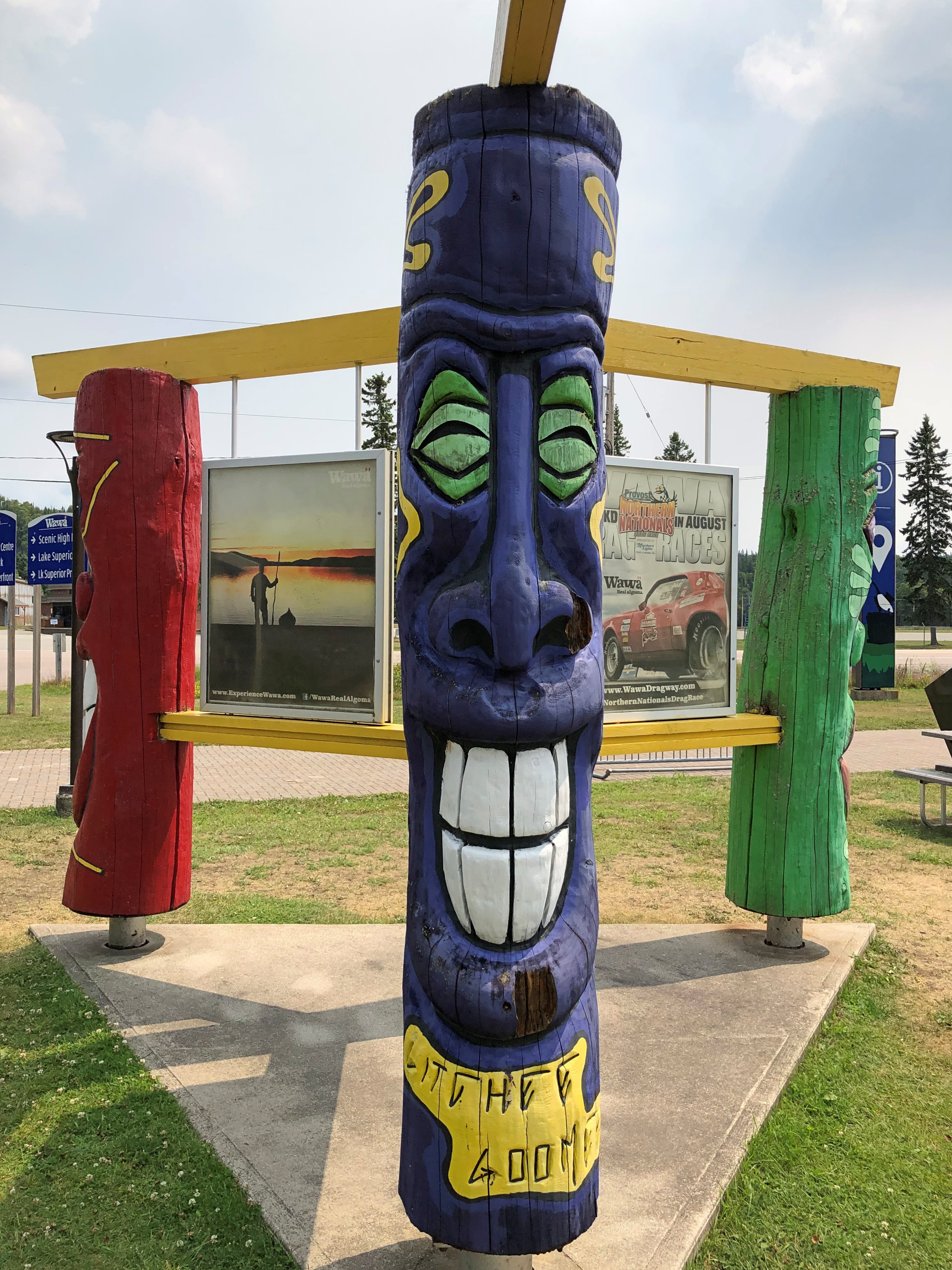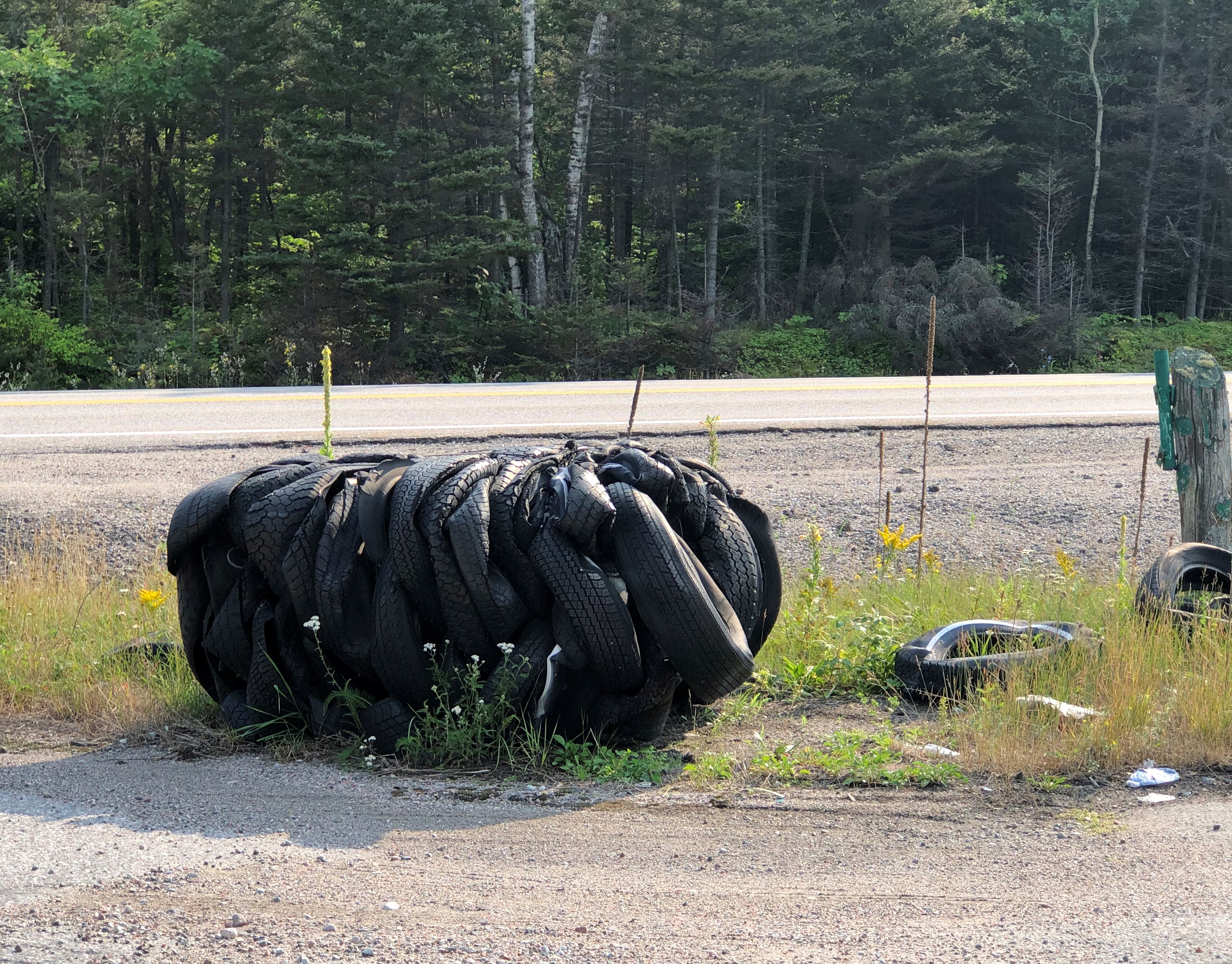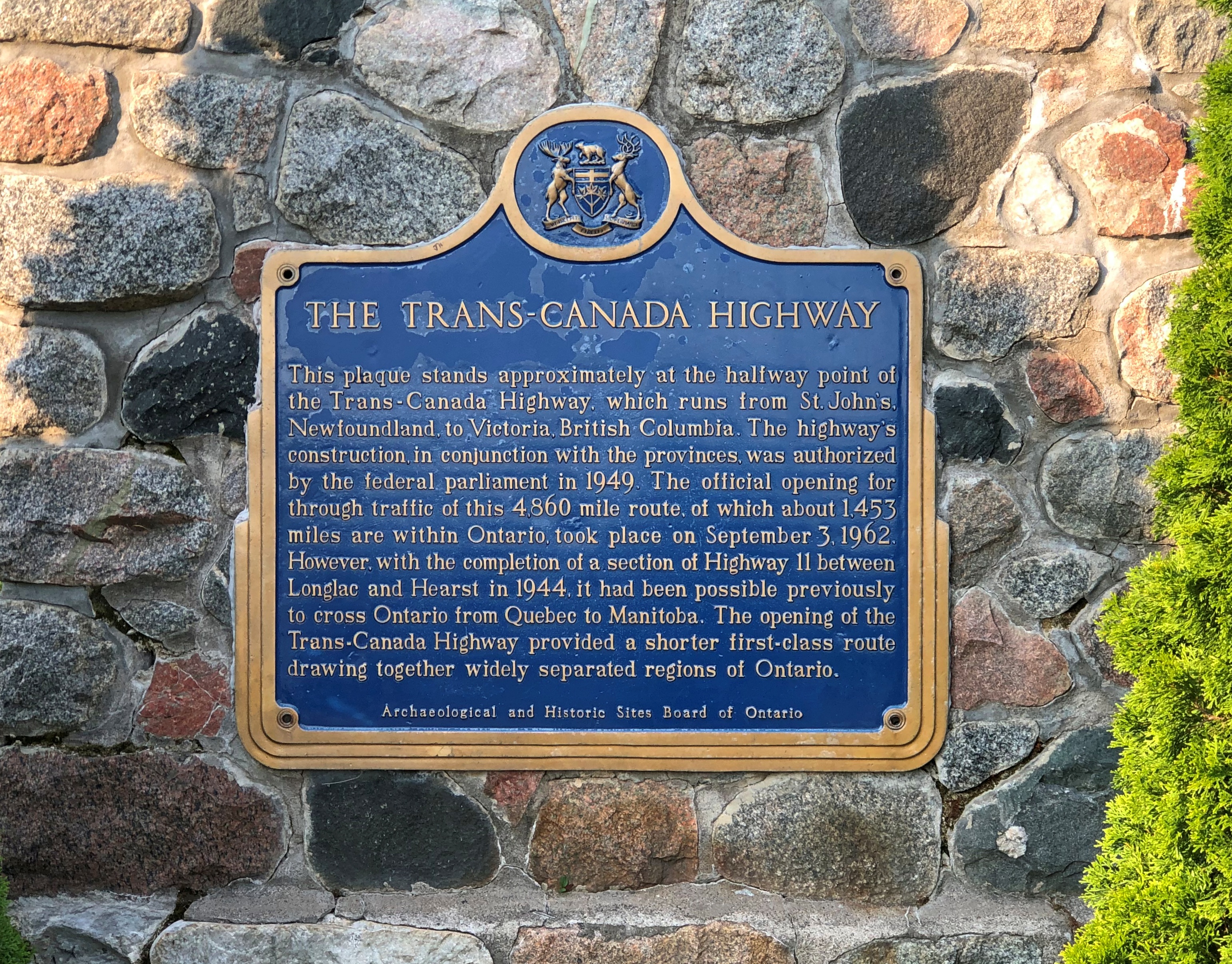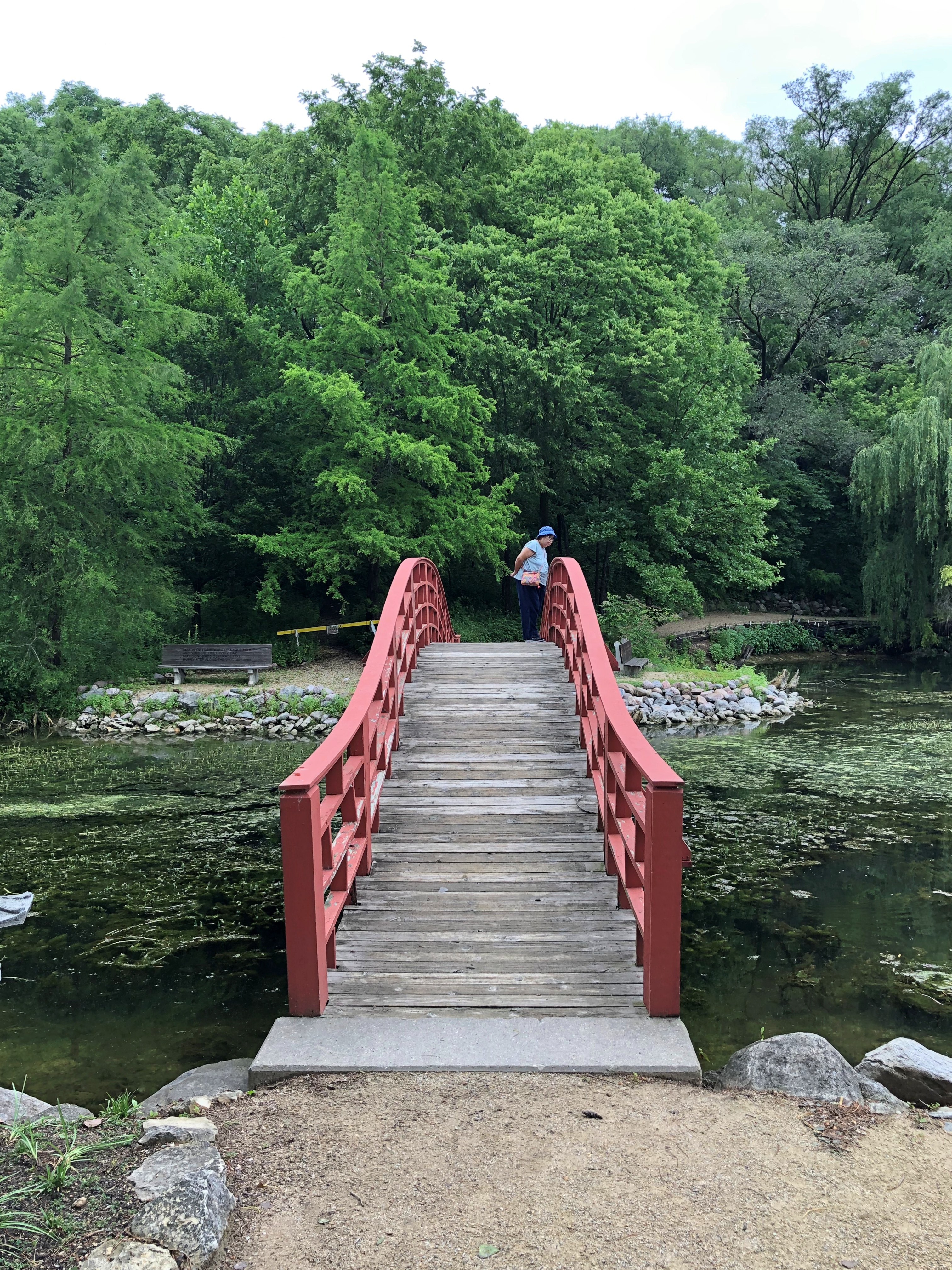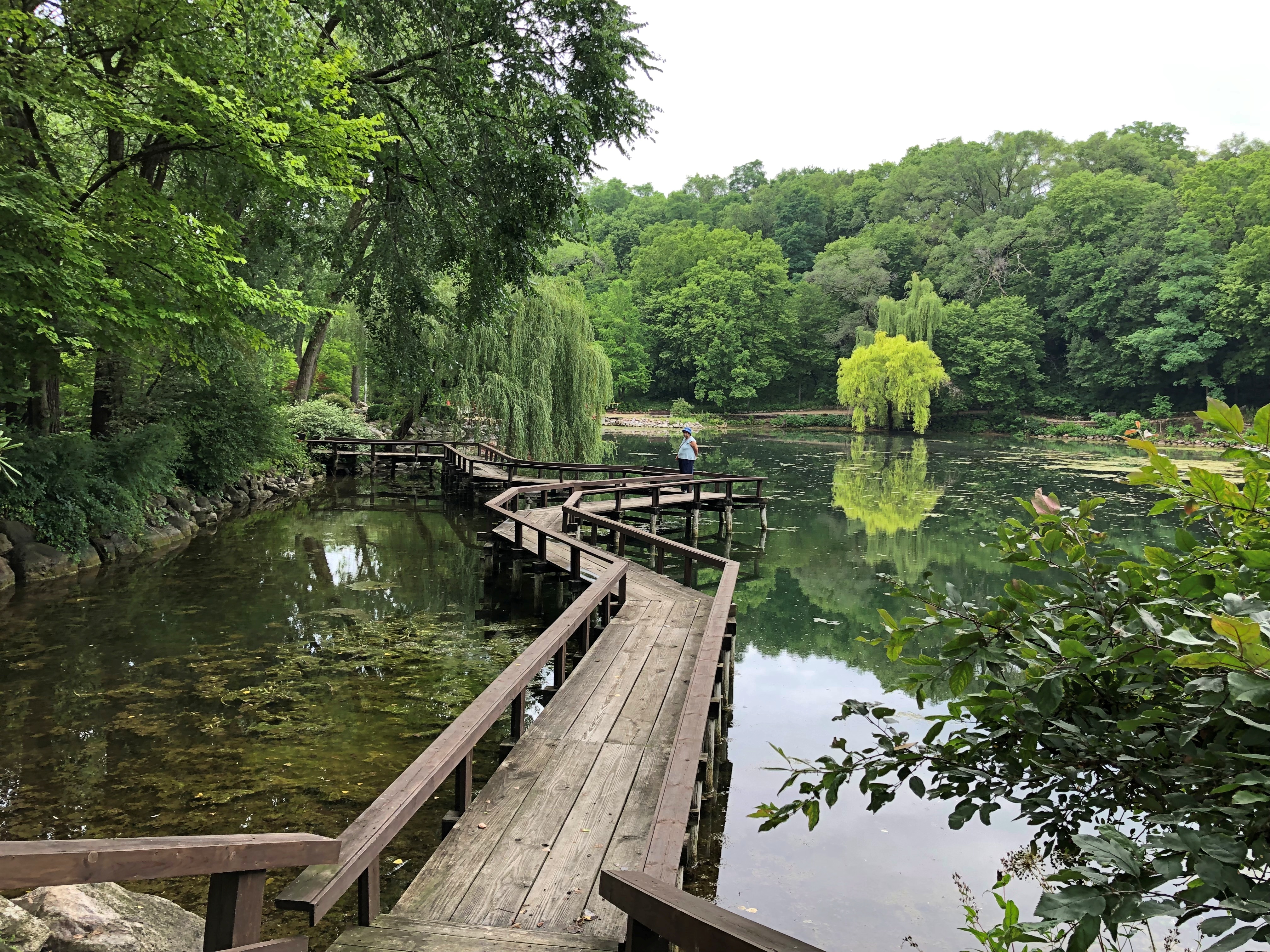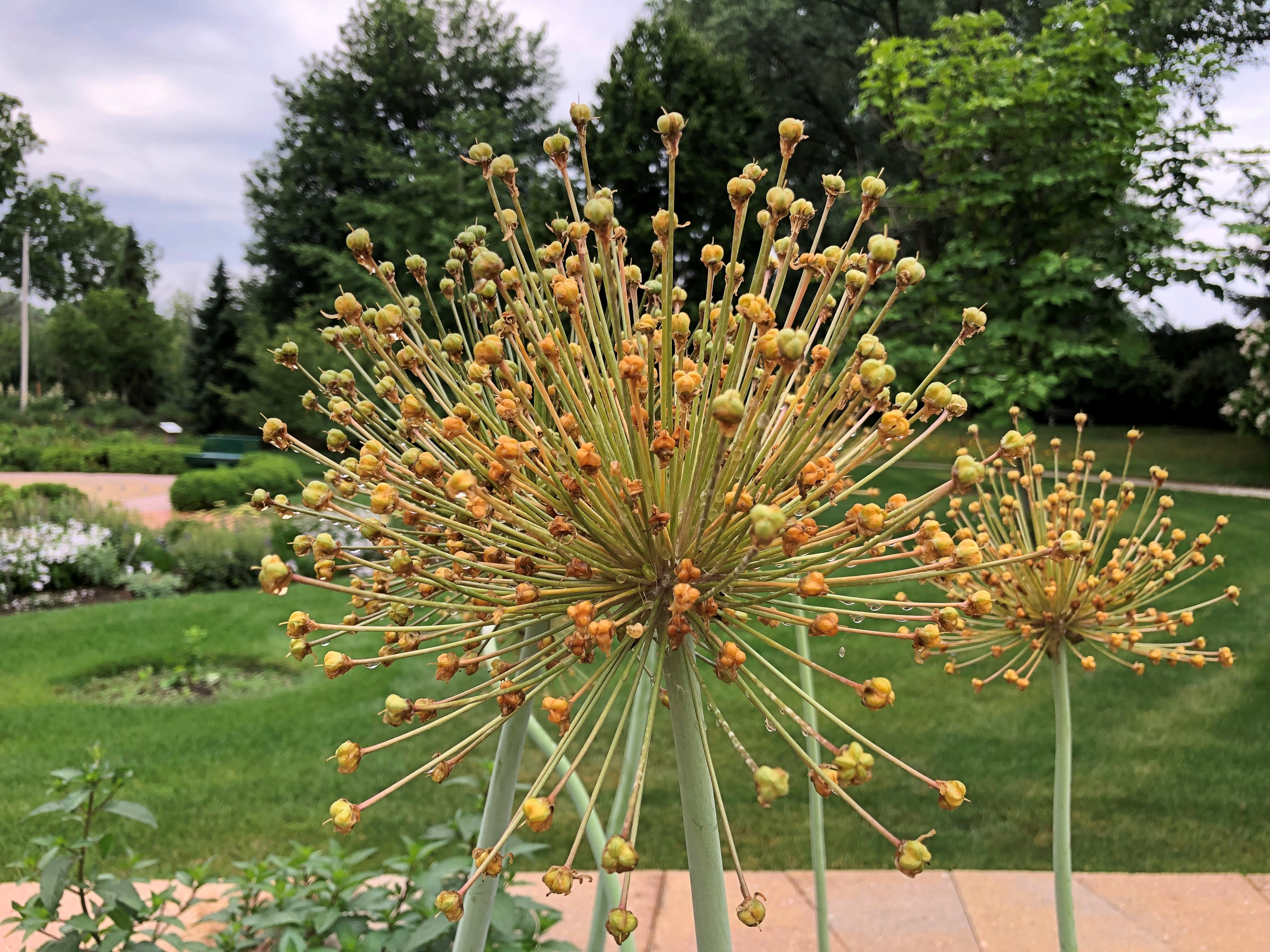Chilly days over the last week, a slide into winter even before the calendar turned to December. The first of this month now always reminds me of the sizable snow we got that day in 2006, coming as if winter were actually was signified by a particular day. Why that sticks in memory, it’s hard to say. Memory’s an oddity, often as not.
The following are the first paragraphs from postings on December 1, here at my corner of the Internet. If a year isn’t listed, that means I didn’t post that day. By my count, only eight of the 16 postings started with weather, counting one that is a quote from The Sun Also Rises about how good it is to be in a warm bed on a cold night. A few others mentioned some aspect of the holiday season, such as cops chasing a shoplifter with a taste for German Christmas ornaments.
2022: As expected, full winter is here. Not much more to say about that till a blizzard comes. We’re overdue one, at least when it comes to my completely nonscientific feelings on the matter. Not that I want one, just that it’s been a while, and the Old Man might want to let us have it this year.
2021: Ambler’s Texaco Gas Station is on the edge of Dwight, Illinois, not far from the Interstate, and after our short visit on Sunday, Ann and I went further into town, seeking a late lunch. We found it at El Cancun, a Mexican restaurant in the former (current?) Independent Order of Odd Fellows building, dating from 1916. Looks like the orange of the restaurant has been pasted on the less-colorful IOOF structure.
2020: About a month ago, our long-serving toaster oven gave up the mechanical ghost after how many years? No one could remember. Eventually, its heating element refused to heat, so we left it out for the junkmen at the same time as the standard trash, and sure enough it vanished in the night.
2019: December didn’t arrive with a blast of snow, but instead gray skies that gave up rain from time to time, which — by Sunday just after dark — had turned into light snow. In other words, weather like we’ve had much of the time since the Halloween snow fell, followed by the Veterans Day snow.
2016: Someone’s already thought of the Full Griswold. Maybe I’d heard of it before, but I don’t know where. I thought of it this evening driving along, noting the proliferation of Christmas lights in this part of the suburbs. Some displays, of course, are more elaborate than others, but I haven’t seen any Full Griswolds just yet.
2015: Some years, December comes in with the kind of snow we had before Thanksgiving. This year, rain as November ended and December began. El Niño?
2014: After a brief not-cold spell on Saturday and Sunday – I can’t call it warm, but still not bad – it’s winter cold again. Diligent neighbors used the interlude to sting lights on their houses or finishing removing leaves from their lawns. I did no such things.
2013: I took lousy notes during our four weeks in London in December 1994, so I can’t remember exactly when it was we took a day trip to Canterbury. It wasn’t December 1, because that day I saw a revival of The Prime of Miss Jean Brodie somewhere in the West End, and after the show the lead actress made an appeal for donations to fund AIDS research, since it was World AIDS Day.
2011: On Saturday, we went to Chicago Premium Outlets, which is actually in Aurora, Illinois, just off I-88. I saw something there I’ve read about, but never seen before: an electric vehicle charging station.
2010: Some years, December 1 means snow. This year, for instance, unlike last year. But not that much; an early breath of winter across the landscape. Just enough to dust the sidewalks and streets, but not cover the grass. As if to say, this is only a taste of things to come, fool.
2009: “Whoa! Whoa! WHOA!” I heard that and when I turned around, caught a glimpse of a Chicago cop running by. I’m pretty sure he had said it. A moment before that I’d entered the German Christmas ornament shop at Kristkindlmarkt [sic] Chicago in Daley Plaza to take a look at the large selection of pretty, and pretty expensive, ornaments. Someone else in the shop said something about chasing a shoplifter, so I left the shop to do a little rubbernecking. Cops chasing a guy beats piles of German Christmas ornaments any day.
2008: “After supper we went up-stairs and smoked and read in bed to keep warm. Once in the night I woke and heard the wind blowing. It felt good to be warm and in bed.”
— The Sun Also Rises
2006: We were warned, and sure enough sometime after midnight on December 1, 2006, the clouds opened up, as if to tell us that today is the real beginning of winter, and don’t you forget it. First came sleet, then snow. It was still snowing at 6:30 in the morning when I got a call telling me that Lilly had no school. By about 10, it had stopped. We’d had about a foot of snow, judging by my unscientific eyeballing.
2005: Back in the late ’80s, one of the perks of my job at a publishing company was a real-time connection to the AP wire at our workstations. Stories queued up in the order they were published electronically, newer ones pushing older ones down toward the bottom. The interface was simple: green characters, no graphics, no hyperlinks.
2004: I read in the papers that tonight’s airing of Rudolph the Red-Nosed Reindeer represents the show’s 40th anniversary, making it nearly as old as me. I have a sneaking feeling it will be more durable than me, playing for a good many more decades before it finally peters out, but that isn’t because I like it. No, I never cared for it.
2003: Time to start this thing again, before the wheels completely rust up. December 1st is a good day to do it, too, being the start of meteorological winter. No need to wait around for the solstice around here, since it’s pretty cold just about every day now. What better definition of winter do you need?

